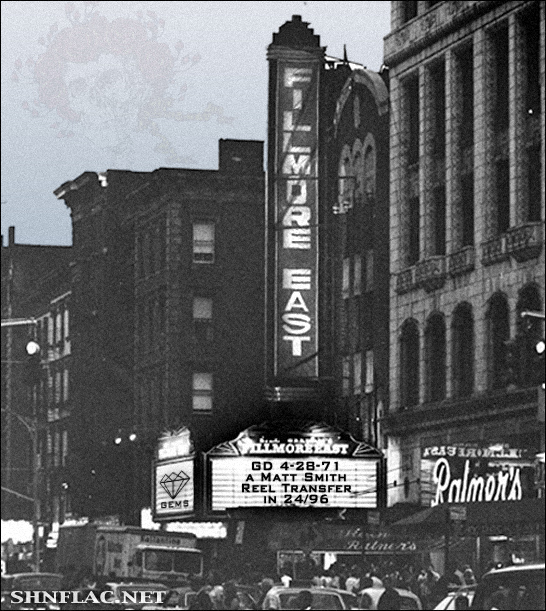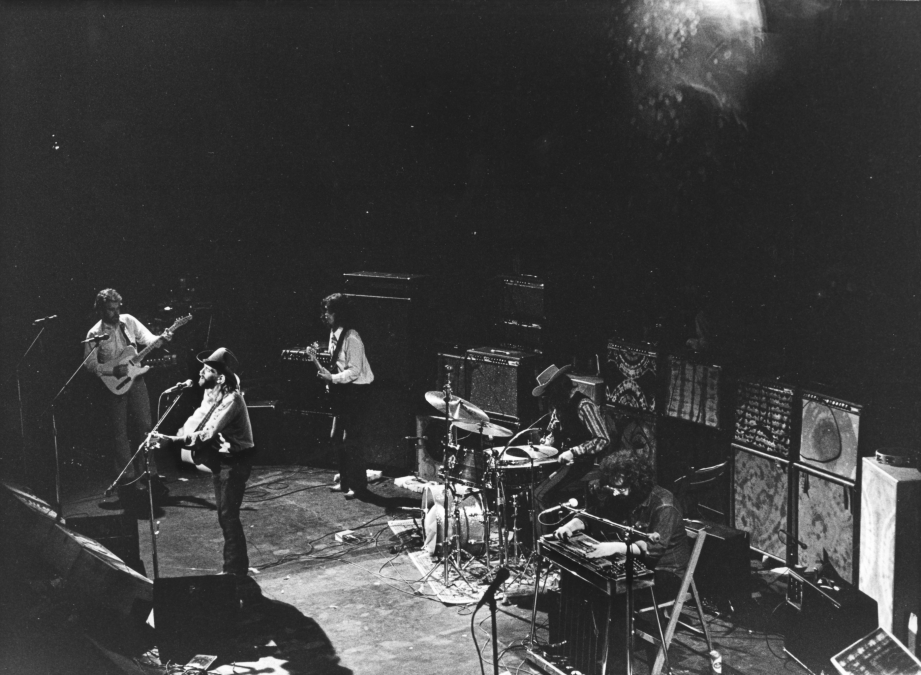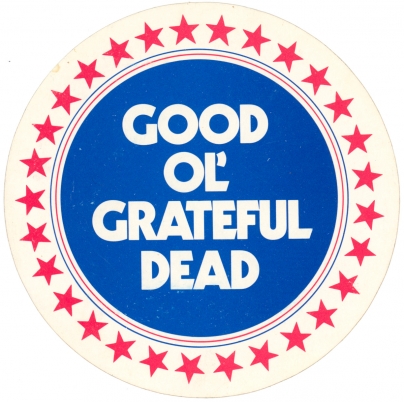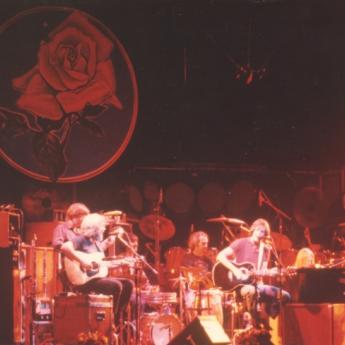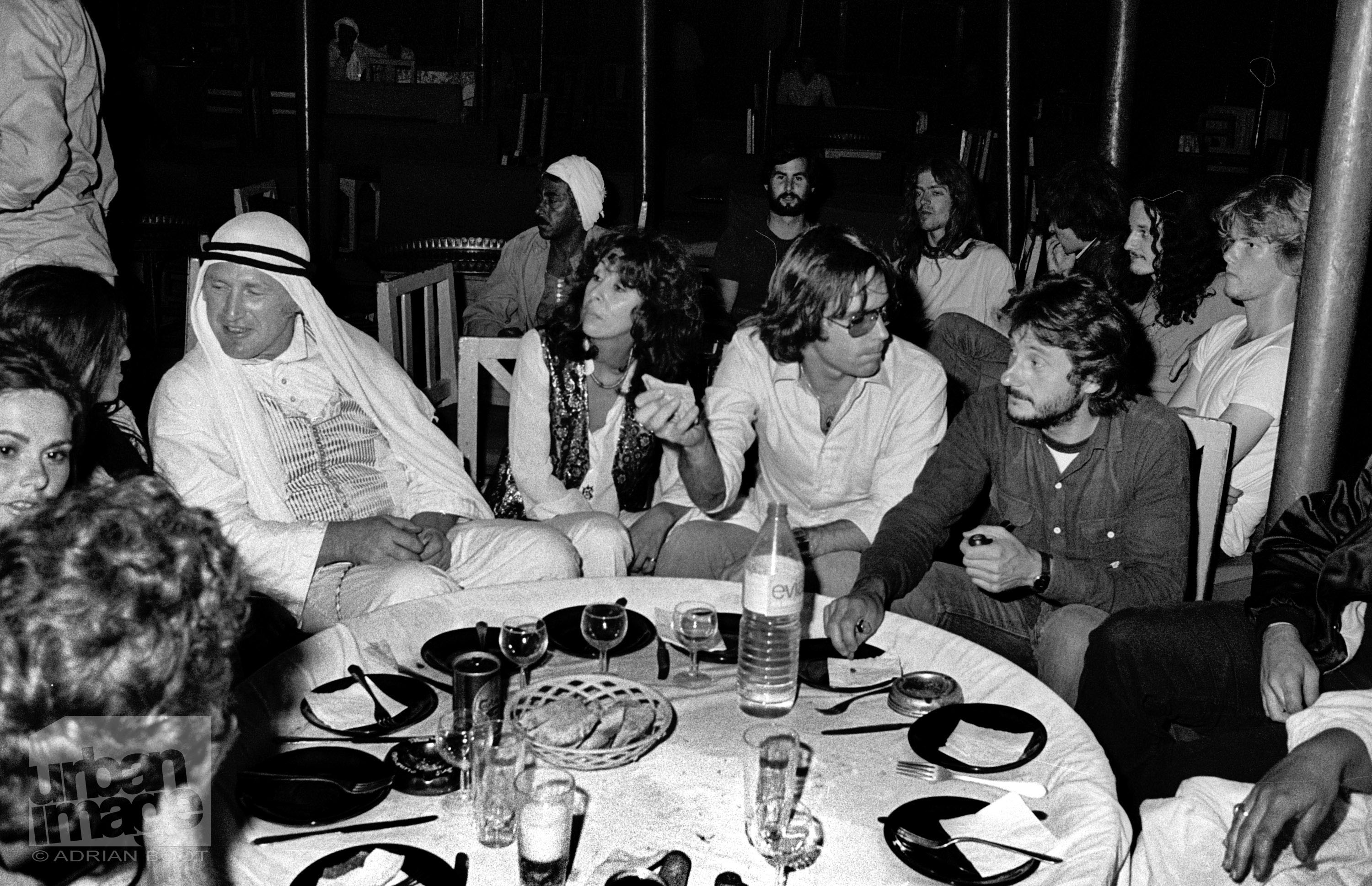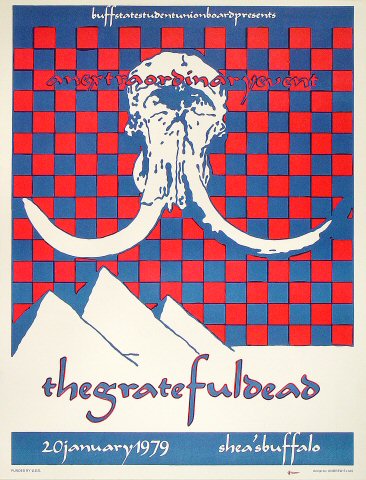Lockdown 2022
And that lockdown. “This is not a drill.” Voices reveal a lot. This one quavered through the P.A. We immediately scrambled to lock doors. Colleagues running by. “You wanna come in?” hand paused for an instant. “No, I have kids in the room!” Copies flying, footfall rattling Doppler effect diminishing with a click and a slam. Curtain down. Windows: crank, lock, pull the shade, repeat. Lights off. Wait.
And wait in silence. It was my prep block, and I was alone in the room. Laptop open to score work, cursor blinking, I quietly sat back down in my chair. Safe enough, I thought. Just stay quiet. Silence the iPhone. Scan for emails. Dim screens. The heat hadn’t fully come on yet, but the ventilators were humming.
A thump on the wall made me leap in my seat like an hours later p.a. announcement, but still there was no news. Refresh the screen and . . . no news. Email a colleague. “What’s up? Any news?” Soon, the reply, "No. WTF? What. Is. Going. On?" No one knew until a message reached us to stay put. No one is to leave the rooms. This is not a drill. State police would be clearing the building room by room until we could be relocated to Mount Desert Elementary where students would be reunited with their families, alphabetically. Crows chatted from spruce limbs to the northeast.
Not knowing what to do, I attempted to score work. Meaningful feedback. Would they see the timestamp? Analyze when? What I was thinking? Callus? I wondered how far the sound of typing would spread. Shadows outside the door. Feet? Police? Imagination? Voices seem to murmur when listening intently on news of nothing. Hours passing. Occasional scuffle and scrape of footfall upstairs. Read. Breathe.
After three and a half hours, the knocking came, more a banging, on the door. "State police. Are you OK?" "Yes, clear!" What do you say? I said, "Clear." The sound of a key unlocking, the handle turns, and there, backlit, are two men in tactical. Fallujah. Kandahar. Jalalabad. Blank. I stare. "Are you alone, sir?" AR-15, I think, or some variation. Stubbed barrel but laser-like sites. Kevlar. "Sir?" "Um, yes, I'm alone." "Come with us, please." I reach for my bag, and one of the men steps forward, barrel raising. Stammering, "I'm, I'm just reaching for my bag." A familiar looking police officer in blue, Ellsworth PD, says, "You can take your laptop, but let's go."
Hands shaking, stepping toward the hallway, feeling more than slightly perp-like, I walked to the door where I saw four more, five more, maybe, guys in green camo tactical, Blades for glasses, gloves, guns. "To your left." Many of the local officers were familiar. Bagley. Higgins. Willey. "Please keep moving toward the bus, sir." There was a long line. Too many to count, and there were more outside flanking the bus. Our driver said, "I retired up here to get away from this. I never, never ever. . . . " His voice fades, and the flashing lights catch my eye. Vehicle after vehicle after vehicle. This is serious.
Ten minutes later, students stream out in a line, pushed along and told to keep moving like me. Hands where we can see them. No bags. Someone has to pee. Somewhere, behind me on the bus, a student is crying. Ten minutes. Fifteen. The band room empties out and a teacher needs to use the bathroom. He cannot. The student voices rise, stories swapping, consternation of "What the fuck. . . ." "My mom is freaking. . . . Did you see Danny's text, and. . . . " I don't know what's going on, but I say, "The officers need to clear the building room by room. They need our cooperation. Please understand that this will take time. We're going to the MDES gym to get a head count." I wasn't certain, but this made sense.
A teacher I didn't know sits down next to me. She is disoriented. This is her first day here in years. There was to be a choral event, an ensemble sing-along with all the middle schools. She is animated and trying to tell me about the band room, but I'm looking past at the officers, trying to read signals or signs, and they waive us on: "Head out, we'll get another bus soon." We drive on. Away from our familiar, into the gathering dusk, down to Northeast Harbor where we will learn a little something.
By 6pm or so, all students accounted for, parents can begin collecting their children. My somber state clashes with the boisterous play and chatter. Clustered shoulders eyeing phones. The thumbs of video games. Everyone looking for who is not there. . . . I withdraw wanting nothing of it. Give me my silence, reflection, distance, solitude. This is real, but it's not being treated that way. Laughter. This is not a drill. And for days to come, weeks to come, we will not process it, will not discuss it. Mention it to eye rolls and notions of exaggeration. To one of my students, it was all dumb because, "No one died. Who cares?"
After teachers gather before going home, someone asks if they can still have practice the next day. "We've got to rehearse," someone else says. With one day off, we're back. Normal as they say. End of quarter grading and incompletes. Quizzes, presentations, essays, and citations. Proofs and lab reports. Morning announcements sharing birthdays and semifinal sports. The daily menu. Chicken nuggets and tots. Pizza and carrot sticks. Milk.
Apathy sets back in; procrastination; boredom; withdrawal. And then, two weeks later to the day, the first snow. They, the students, are at the window, saying breathlessly, “Can I go make an angel? Please?”












